
When adjusting the stroke, use the distance from the end of the adjustment bolt to the end of the adjuster holder as a guideline. If dimension A is made smaller than 0, the slide table and adjuster holder will collide, resulting in damage to the slide table such as scratches or gouges.
The shock absorber should be replaced as a spare part if a deline in the energy absorption capacity is observed. Refer to the table below about how to order a replacement shock absorber. MTS MY CY Bore size (mm) 10 15 25 No.
Connector pin numbers 2 1 (43.5) 4 3 A B Pin no. 1 2 3 4 Output specification Pin description DC(+) NC/Analog output DC() OUT A Pulse output only 42 62 52 Pulse output + Analog output 72 Flow direction 18 Series PF2W Dimensions: Remote Type Sensor Unit for Water PF2W511-(N)B 148 80 32 70 58 46 45 2-Port size 2 45 4-5.5 36 (43.5) A A B Output specification 63 Pulse output only 77 73 87 Pulse
Factory mounting of a cross interface on the AC model is available as a special order. AC40-06 40 62 72 Notes) in the model numbers indicates a thread type. No indication is necessary for Rc; however, indicate N for NPT, and F for G. If threaded ports are required, they are available as a special order.
Symmetric type Nil Standard L Note 2) Symmetric Auto switch Bore size (Stroke (mm)) Adjuster option Nil Without auto switch Nil AS AT A Without adjuster 6 10, 20, 30, 40, 50 Refer to the table below for auto switch model numbers.
Contents 125 CLS125-PS A set of above Nos. 60, 62, 63, 64, 65 & 67. 140 CLS140-PS 160 CLS160-PS Since the lock section for Series CLS is normally replaced as a unit, replacement seal kits are for the cylinder section only.
A B Hs A B Hs Hv Hv Hv Hv 12/16/20 12/16/20 Hs Hs 25/32/40 25/32/40 Proper Auto Switch Mounting Position Solid state switch Bore size (mm) 2-color indication solid state switch Reed switch D-A9 D-A9V D-M9 D-M9V D-F9W D-F9WV A B C A B Hs Hv A B A B Hs Hv A B C A B Hs Hv C 15.5 15 20 20 15 19.5 19.5 19.5 19.5 46 46 46 46 18 13 15.5 35.5 42 31.5 42 31.5 12 17 17 22 22 17 21 21 21 21 47.5 47.5
Caution indicates a hazard with a low level of risk which, if not avoided, could result in minor or moderate injury. Caution: Warning indicates a hazard with a medium level of risk which, if not avoided, could result in death or serious injury. Warning: Danger : Danger indicates a hazard with a high level of risk which, if not avoided, will result in death or serious injury.
In that case, insert a noise filter such as a line noise filter/ferrite between the switching power supplies or change the switching power supply to the series power supply. : Set OUT2 in the same way. (ex.
How to reset the product after a power cut or forcible de-energizing The setting of the product will be retained as it was before a power cut or de-energizing. The output condition is also basically recovered to that before a power cut or de-energizing, but may change depending on the operating environment.
Also tighten with a torque of about 0.05 to 0.1Nm. As a rule, it should be turned about 90 past the point at which tightening can be felt. 12 Series MGZ Reed Switch Internal Circuits Lead wire colors inside [ ] are those prior to conformity with IEC standards.
6 A @0 @1 !9 #2 !0 #1 A' For ball bushing #5 @5 #0 @8 !7 @6 !3 #8 !2 @1 !0 @9 For slide bearing y For long stroke For 100 @7 For 80, 100 View A-A' Parts list Parts list No. Description No.
Modular Type Lubricators Series AL AC-A Lubricator Series AL Model AF-A Port size Option AF-A AL10 M5 x 0.8 AR-A AL20 1/8, 1/4 AL-A AL30 1/4, 3/8 AW-A AL40 1/4, 3/8, 1/2 Bracket AC AL40-06 3/4 AF AL50 3/4, 1 AF AL60 1 Pages 508 through to 513 AR AL AL AW AG E AV AF 507 Lubricator AL10 to AL60 Symbol Lubricator AL20 AL40 How to Order AL 30 03 B Option/Semi-standard: Select one each for a
In that case, insert a noise filter such as a line noise filter/ferrite between the switching power supplies or change the switching power supply to the series power supply. : Set OUT2 in the same way. (ex.
PNP open collector 2 output + Analogue output Max. 80 mA Residual voltage: 1.5 V or less Bracket A (Part No.: ZS-46-A1) Bracket B (Part No.: ZS-46-A2) DANGER indicates a hazard with a high level of risk which, if not avoided, will result in death or serious injury.
This value is not measured by a flow meter. It should be used as a reference value (rough indication).
Stations S42R Type Coil is located on same side as the A port. 2 stations 02 Coil is located on same side as the A port. S ... ...
communication error 2 Alarms A.24 Main circuit error A.30 Regenerative error (Note 1) (Note 1) (Note 1) A.31 Overspeed A.32 Overcurrent A.33 Overvoltage A.35 Command frequency error A.37 Parameter error A.45 Main circuit device overheat (Note 1) (Note 1) (Note 1) A.46 Servo motor overheat (Note 1) (Note 1) (Note 1) A.50 Overload 1 (Note 1) (Note 1) (Note 1) A.51 Overload 2 (Note 1) (Note
For a facility having a large installation area (that can vent the air naturally): Make an air outlet on a wall at a high level and air inlet on a wall at a low level, to allow for adequate airflow. 2. For a facility having a small installation area (that can not vent the air naturally): Make a forced air exhaust vent on a wall at a high level and an air inlet on a wall at a low level.
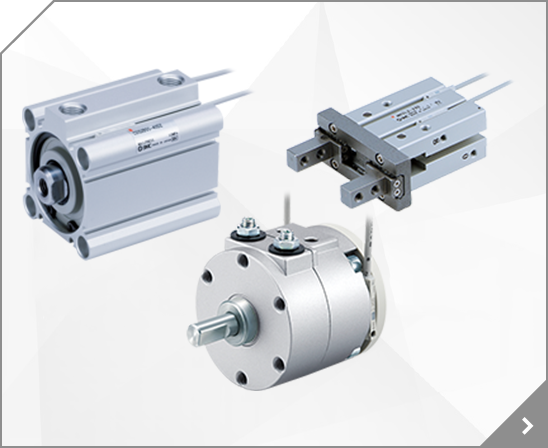
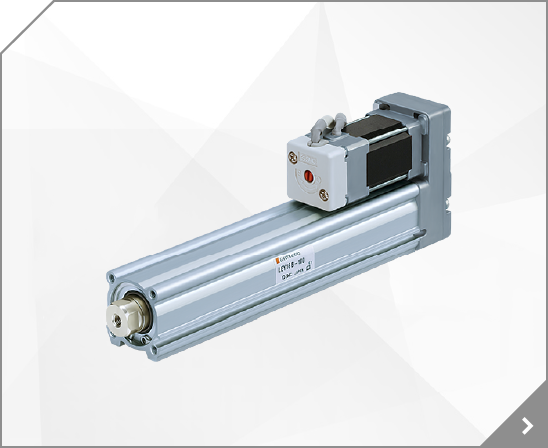
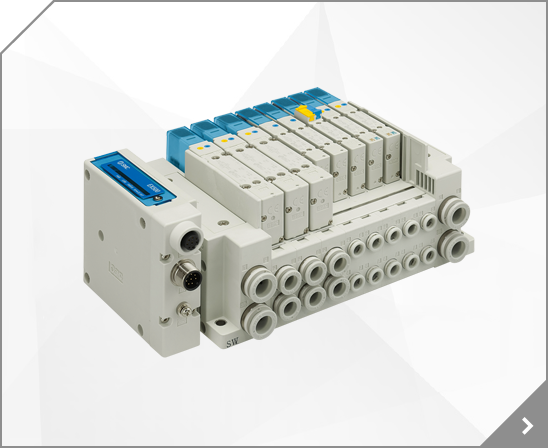
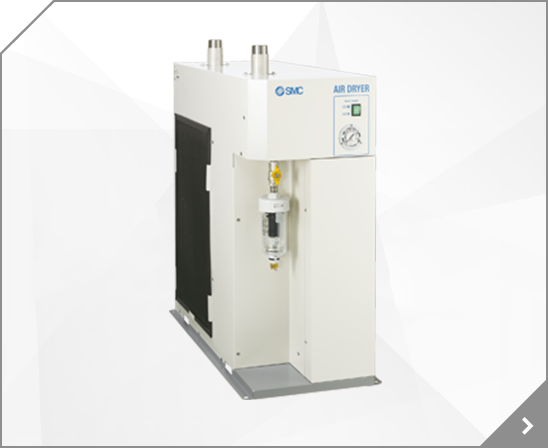
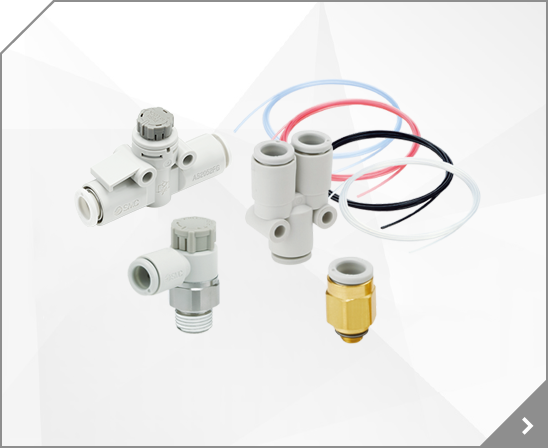

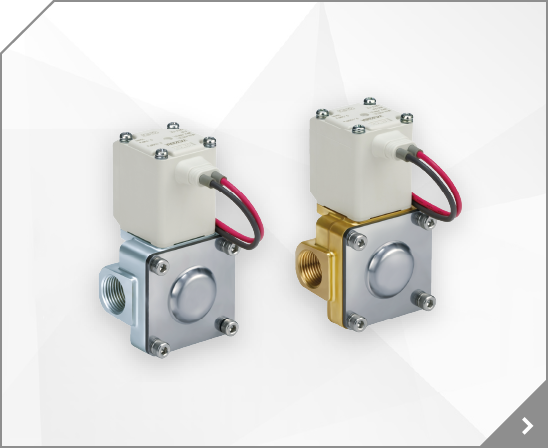

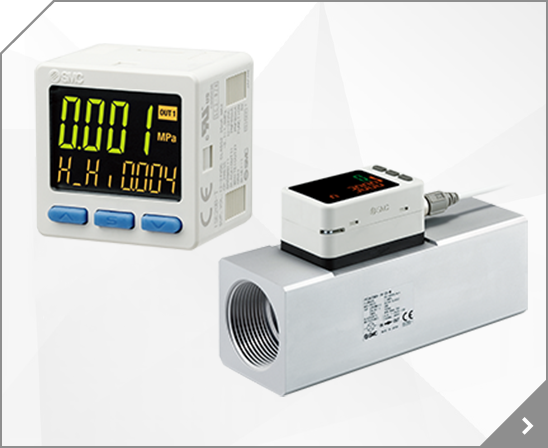
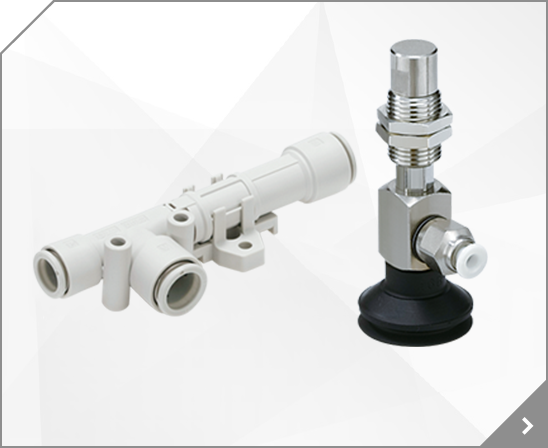

 Magnetically Coupled Rodless Cylinder Low Profile Guide Type Series CY1F ø10, ø15, ø25 1
Magnetically Coupled Rodless Cylinder Low Profile Guide Type Series CY1F ø10, ø15, ø25 1